
When we get back to Tennessee, the first thing we notice is the screened-in tent. This time it's finally destroyed:
 It already had a huge rip at the back, when I tried to tie it down hard in a wind. It ripped right where it was tied. We later taped this rent with duct tape and sewed all around the outside of the tape - a strategy that usually works with a tear like that.
It already had a huge rip at the back, when I tried to tie it down hard in a wind. It ripped right where it was tied. We later taped this rent with duct tape and sewed all around the outside of the tape - a strategy that usually works with a tear like that.Once during a heavy rain Rachael and I sat around the fireplace watching it pour. The floor of the barn was a sheet of water. Then a gust hit and actually picked the tent high up into the air, and Rachael and I ran to the car to get out of the rain. I slept that night in the back of the Explorer with the kids (very claustrophobic). It rained for three days solid. The tent was covered in little rips, which we sewed, and one of the poles got bent.
But this time it's not worth fixing anymore, so when we go to town we replace it. This is the new tent ($40):
 It's not quite as tall, and doesn't fit as well, because it's hexagonal, but it's far more stable.
It's not quite as tall, and doesn't fit as well, because it's hexagonal, but it's far more stable.The garden after two weeks away is full of food. We can even smell some tomatoes rotting. It's exciting to check it out. Here's some squash:


Beautiful. And it has a very clean taste, nothing like ordinary grocery squash.
And there are tons and tons of tomatoes, I don't know if we'll be able to eat them all. There are about 40 plants:
 We also have cantelope, which is doing very well in the 4th bed near the potato bin:
We also have cantelope, which is doing very well in the 4th bed near the potato bin:
Brooke picks one that's only the size of a baseball but very fragrant. It is dead ripe and delicious.
However, it seems we've missed the prime of the berry season. The blackberries are now on the wane, and the blueberries are mostly gone.
Here's where the barn is at, before I get back to work:

The driveway is settling in nicely.
I have lumber delivered to finish the frame. It takes me ten days. I then seal it with Thompson's Water Sealant (I get a 5 gallon can for $45). I'd planned on waiting till just before winter to seal the barn, but after one heavy rain I noticed a green mold forming on a lot of the wood. I tried to spray it with a 50/50 bleach/water mix, like a local builder had recommended, but though it stopped the mold, it didn't disappear. So I felt I'd better seal the wood now and not wait. It took two days to brush on the sealent, and it's almost as thin as water. But it does work - I noticed pools forming on the sill plates after a rain - the wood wouldn't absorb it. And the barn also took on a lacquered look, which was neat.
Once I had the frame done I moved on to the four main beams which will support the roof. They are doubled joists which go from each center 6x6 post to an outside beefed-up 8x8, across from left to right. I put them in on double hangers. Each beam is a doubled 2x10. I get one board up and in, then the second, use clamps to get them flush and tight, then go on to fasten them together with screws and ring shank nails. I use a few spiral nails also, whatever I have. It takes an entire day and a half to get these four beams in.
Here's the original drawing for the barn:

The gambrel roof has two separate pitches. The upper pitch is shallow, the lower pitch steep. At the break in roof pitch, it's usually a good idea to have an interior wall or some other type of support. I'm going to have four posts that run from the break in roof pitch down to the big 4x10 beams [as well as posts in the same line at the front and back of the barn]. Where the top of the posts meet the roof, there will be a beam that runs front to back, and the roof framing will connect directly to it with bird's mouth cuts and metal connections.
So that where these posts for the roof rest on the 4x10 beams isn't put under too much stress, and possibly sag, I'm adding knee braces. These will be doubled 2x6's. They will take the load from the posts supporting the roof directly to the exterior 8x8 posts and into the ground. These inner roof-supporting posts will be set about 4' in from the outside of the building, directly in line with the front and back studs 4' in on the lower story.
Here are shots of the 4x10 beams and their knee braces [these photos are taken later, after the joists and bridging are in]:

 It's difficult to see the 4x10 beams in these photos, because they're centered above the parallel 2x6 horizontal braces. The knee braces go up through the horizontal braces and connect to the beam via toe-nailing (screws actually), and large mending plates on either side of the beam. The bottom of the knee braces are connected simply with toe-nailing (again with screws). These knee braces should take much of the load of the roof and distribute it down through the posts.
It's difficult to see the 4x10 beams in these photos, because they're centered above the parallel 2x6 horizontal braces. The knee braces go up through the horizontal braces and connect to the beam via toe-nailing (screws actually), and large mending plates on either side of the beam. The bottom of the knee braces are connected simply with toe-nailing (again with screws). These knee braces should take much of the load of the roof and distribute it down through the posts.My wife comes up and we try to pack as much fun into her visit as possible. We take our canoe and paddle a few miles down the Obed River. At the beginning is a heavy rapid, a waterfall really, and I persuade her to ride down it with me in the canoe. The girls watch from the bank. Patty and I are still so shell-shocked from our 3 month, 500 mile trip up the massive Susquehanna River, fighting it every day, that we're both rather terrified of rapids. But we go down and it's actually a lot of fun. We make it all the way through and only get stuck on one rock.
There's also a great rope swing you can take way out into deep water in the river, which is an absolute blast. Rachael and I do it over and over (Brooke is too scared, and Patty doesn't want to get her hair wet - right). And there's almost never anybody around. The place is so virgin in a way.
We'd taken another canoe trip up the Emory River earlier in the summer. On the way back down we found a huge mulberry leaning out over the river covered in fruit. We ate for a while from the boat. Rachael and I jumped into the river to get at some lower hanging boughs. We ate a ton and got covered in wine stains from the berries.
We took a 6 mile hike up to the top of Frozen Head peak, in Frozen Head State Park. It reminded us a lot of the Appalachians the higher we climbed, as well as our old hiking days. At the top was a clearing with several black cherry trees, covered in cherries. And there were also many huge apple trees, 30 to 40 feet tall, loaded with apples, that were excellent. We ate and gathered some and climbed the fire tower for the view. Next year we'll bring backpacks and get a supply of apples.
Every recreational area around our property we tried was pretty great. No disappointments at all. Frozen Head even had free hot showers at the trailhead, so in a pinch we had a place to bathe. We all took showers at the end of our hike.
The Morgan County Fair was running, so we went one evening. The parking was rather expensive, and the event was mostly a carnival. Carnies called out to us to come play their games as we walked the aisles. This was particularly annoying to Patty and I, as in our teens, after we dropped out of school, and took a train west, we ended up in a traveling carnival for 6 months - calling people in, and swindling them, and sleeping in the back of a Ryder truck, working with mostly ex-cons. We knew that lifestyle all too well.
Brooke rode a pony, and both the kids got to try rock climbing. Here's Rachael, nearing the top:
 They had a little zoo, too:
They had a little zoo, too: No birds yet, but many large grasshoppers have checked it out (you can see one on the sill).
No birds yet, but many large grasshoppers have checked it out (you can see one on the sill). And the back:
And the back:
The boards are all 2x6, except the horizontal boards at the bottom which are 2x8. We might hang a barn door on rails on the 2x8.
The day before she leaves I order the 45 joists (2x10, 12 footers) from Christmas Lumber in Harriman. I actually spend an hour picking out the boards myself - for joists you want the best boards you can get, no splits, no big knots, minimal bowing. I also pick out 2x8 boards for the bridging. With fasteners and hangers this step alone in the barn costs us about $800. That's about all we have at the moment, but we decide it's better to invest now in the barn and work towards getting it finished than sit on the money.









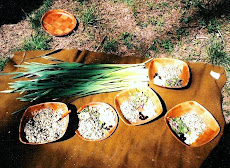









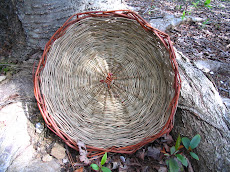



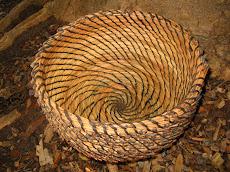



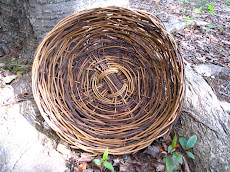

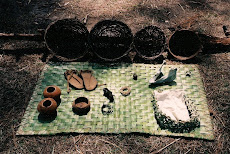


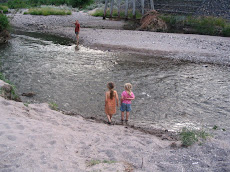

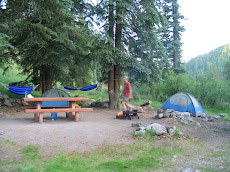
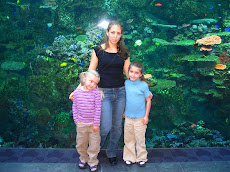

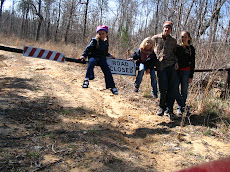

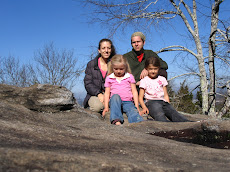




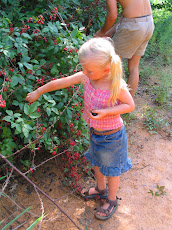







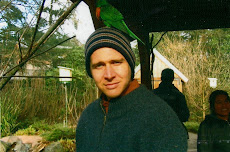
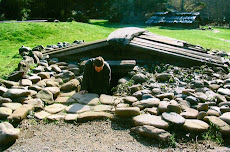

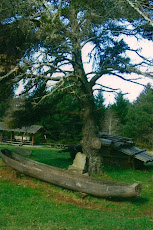



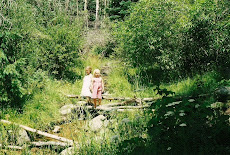
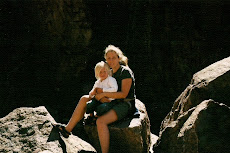
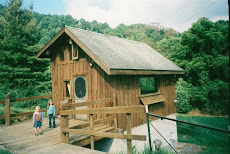

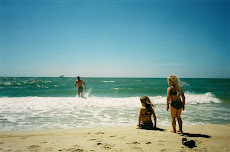
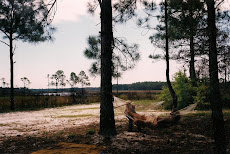

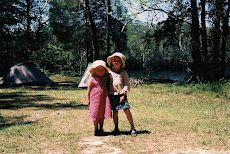.jpg)

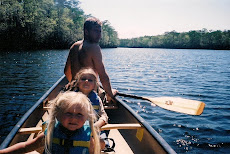.jpg)

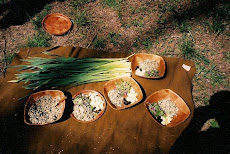
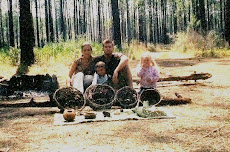
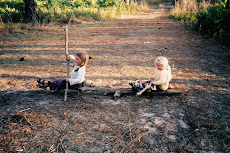.jpg)

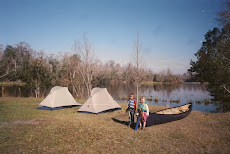

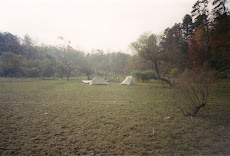
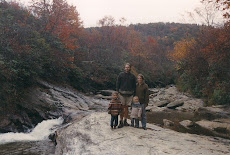
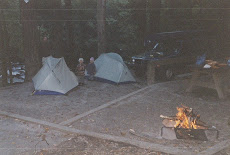


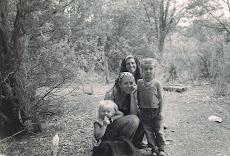.jpg)
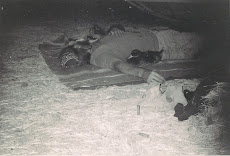.jpg)
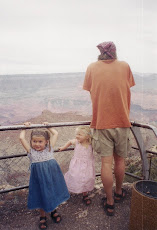
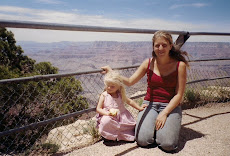.jpg)
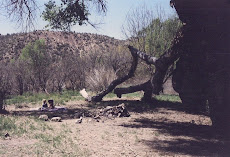.jpg)
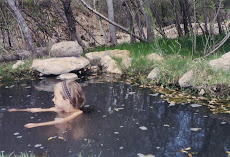
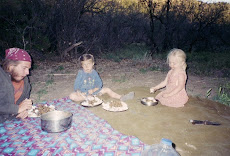.jpg)
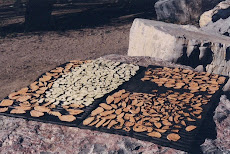
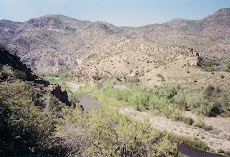.jpg)


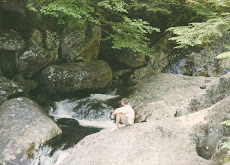

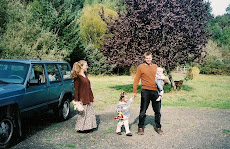
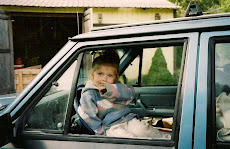




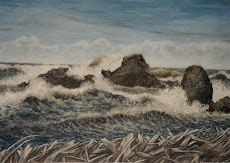


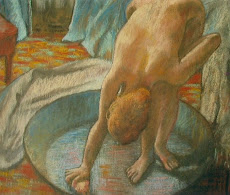

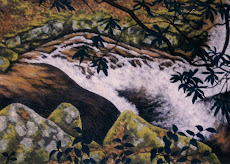






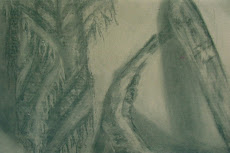

2 comments:
i really like what you are doing and think about similiar lifestyle. would like to be part of a small-medium group of people doing this, in an area that could be a geographic community. A place to make long-term friends and community parteners, people of all ages people to help each other out building, growing,. teaching kids, helping out with elderly ect.joanne s and alex
Try Morgan County in Tennessee! We'd love similar-minded neighbors. Morgan County has no building codes, a great year-round climate, hardwoods and big rivers, tons of recreational lands, such as the Big South Fork Rec. Area, Frozen Head, Catoosa WMA, Obed Wild and Scenic River, etc., and it's only an hour from Knoxville, so it's not totally isolated. The land is up on the Cumberland Plateau, and rolling, and quite reasonable price-wise . . . like 4k to 5k an acre for good land. Check it out.
Post a Comment